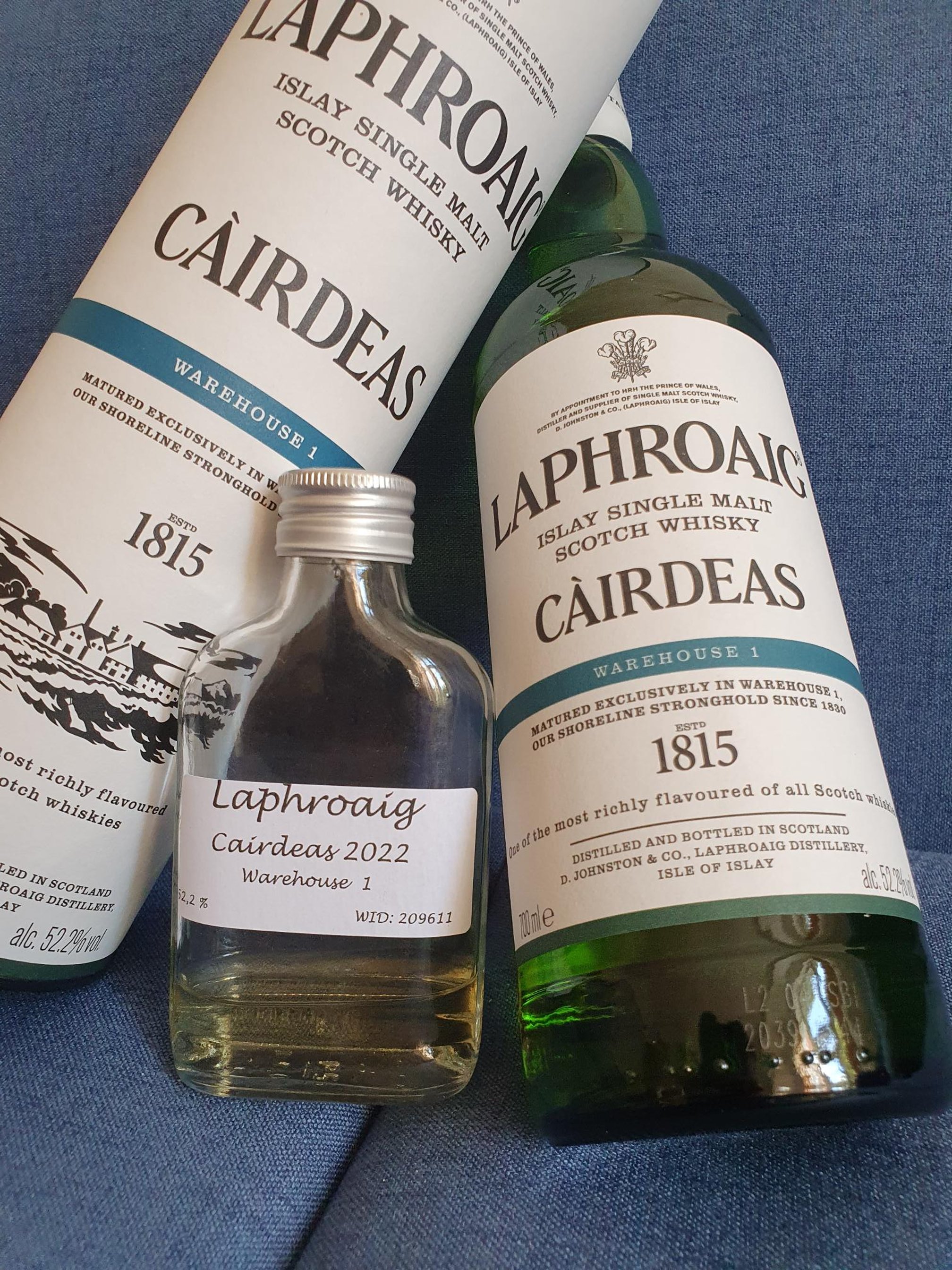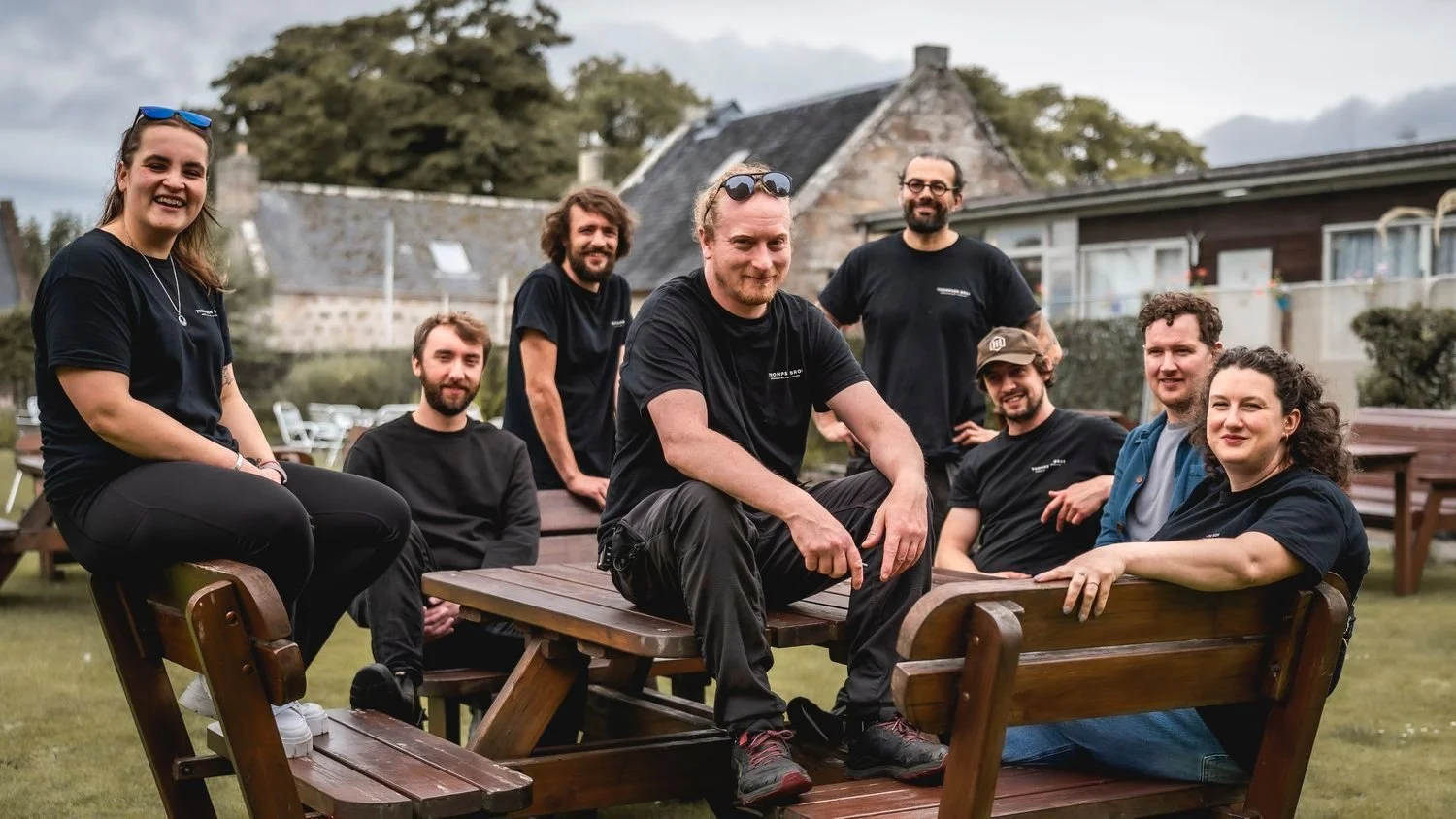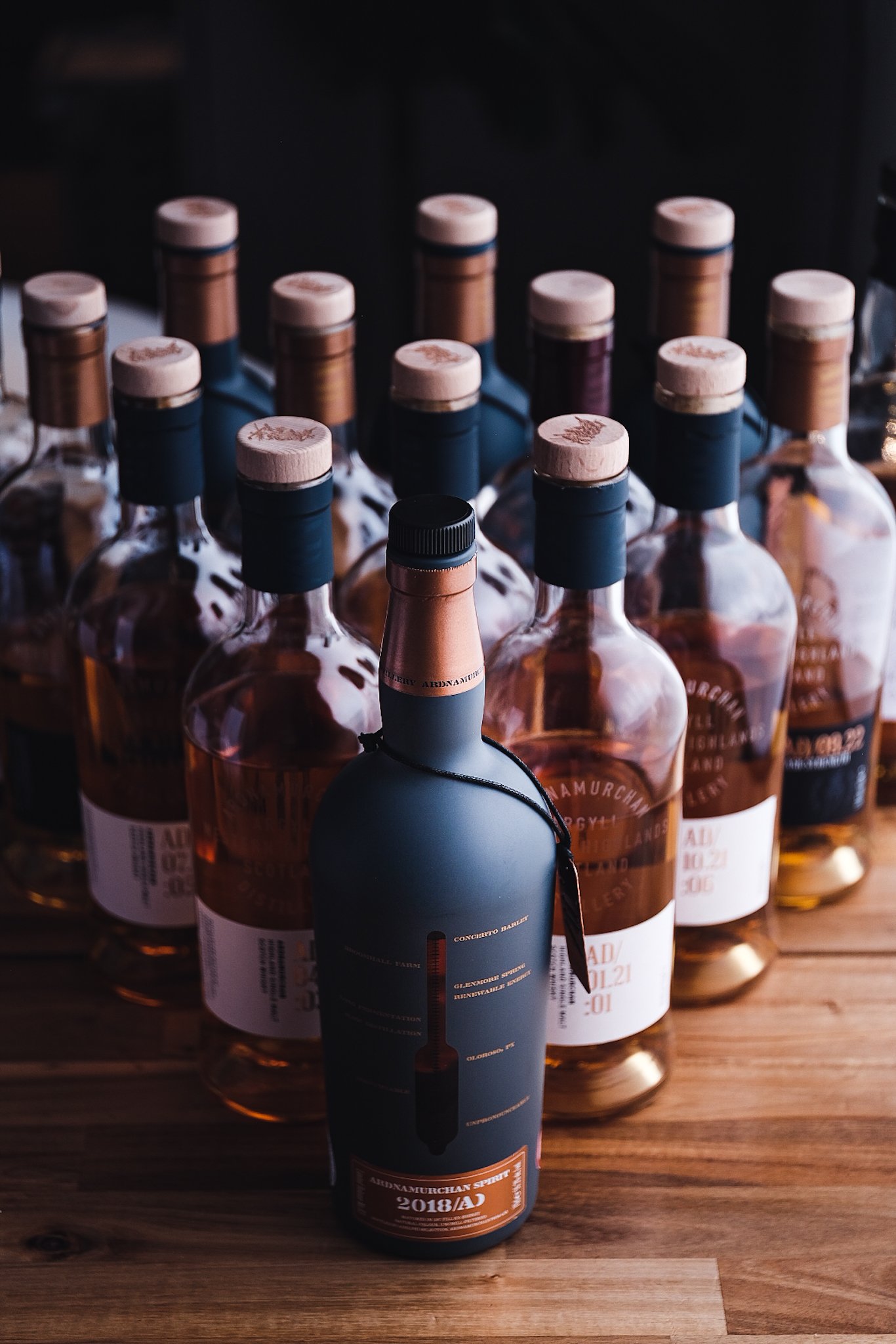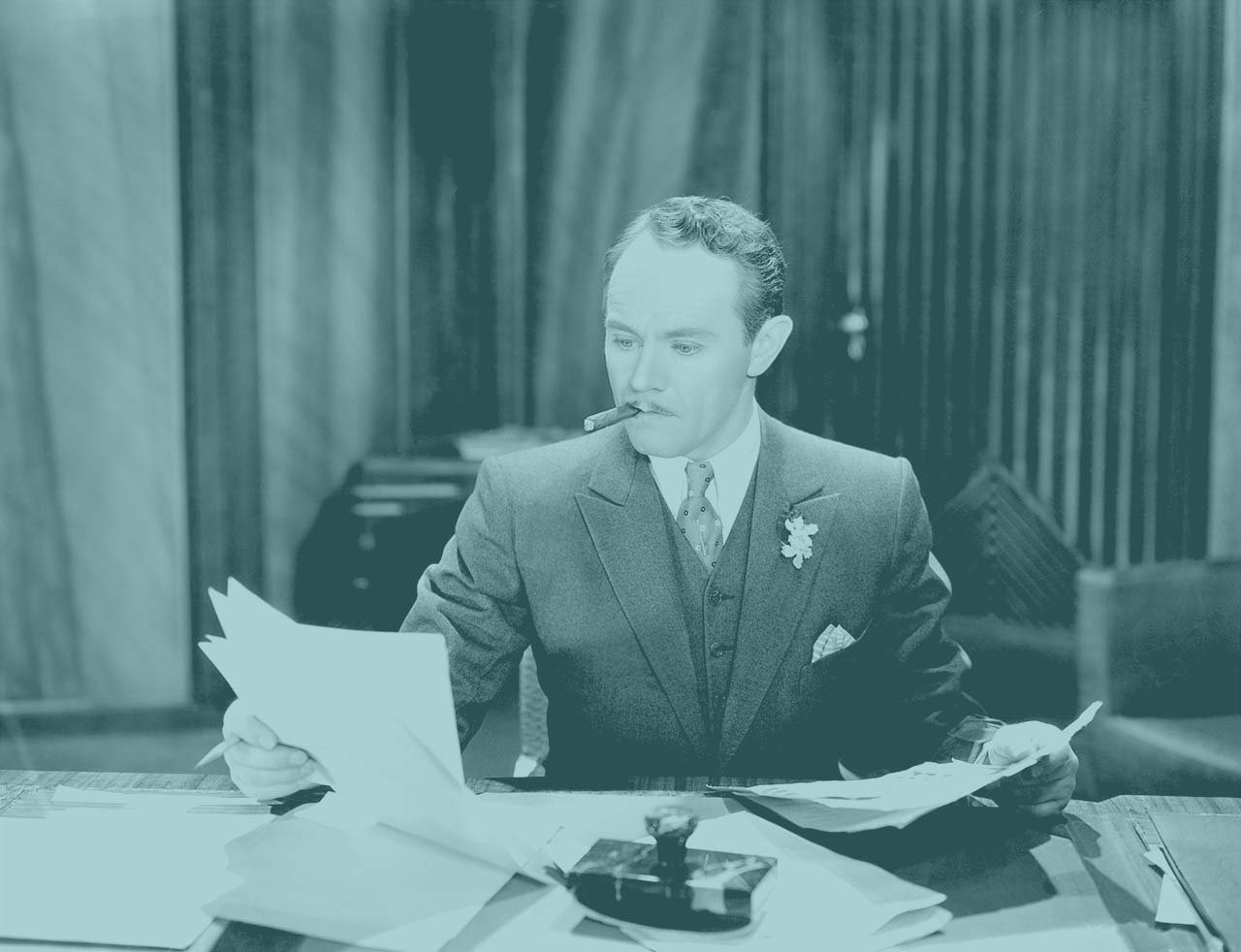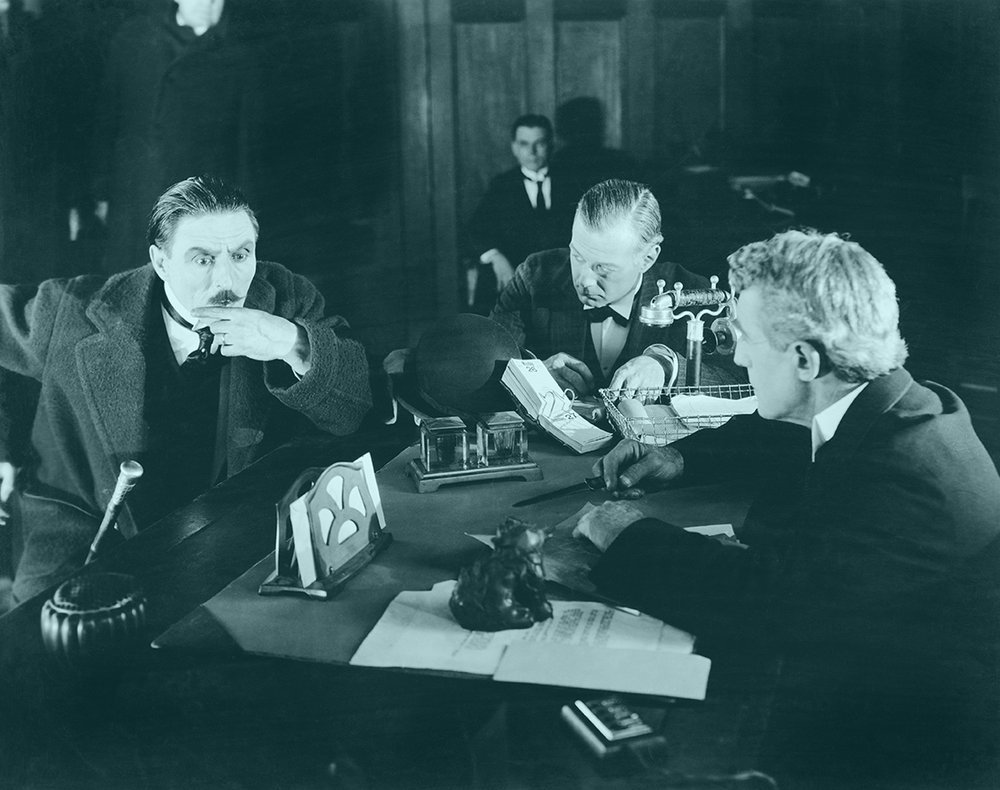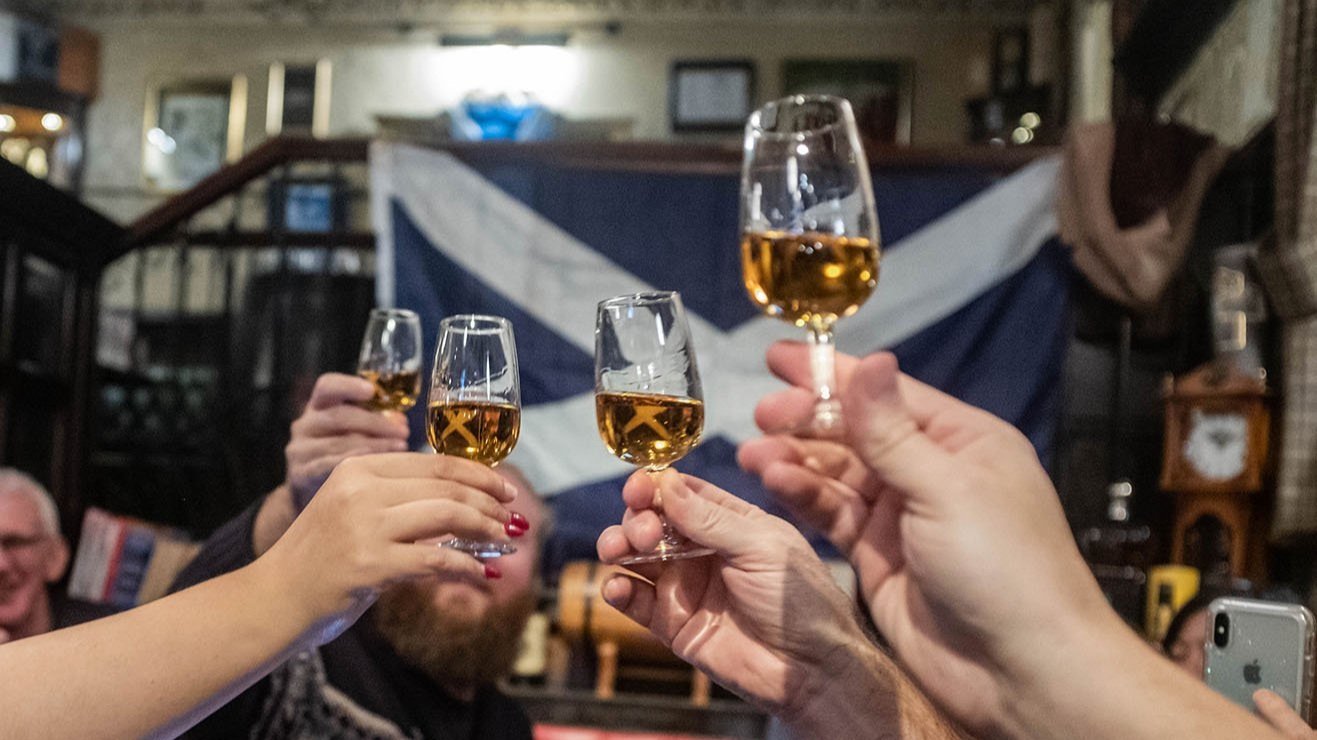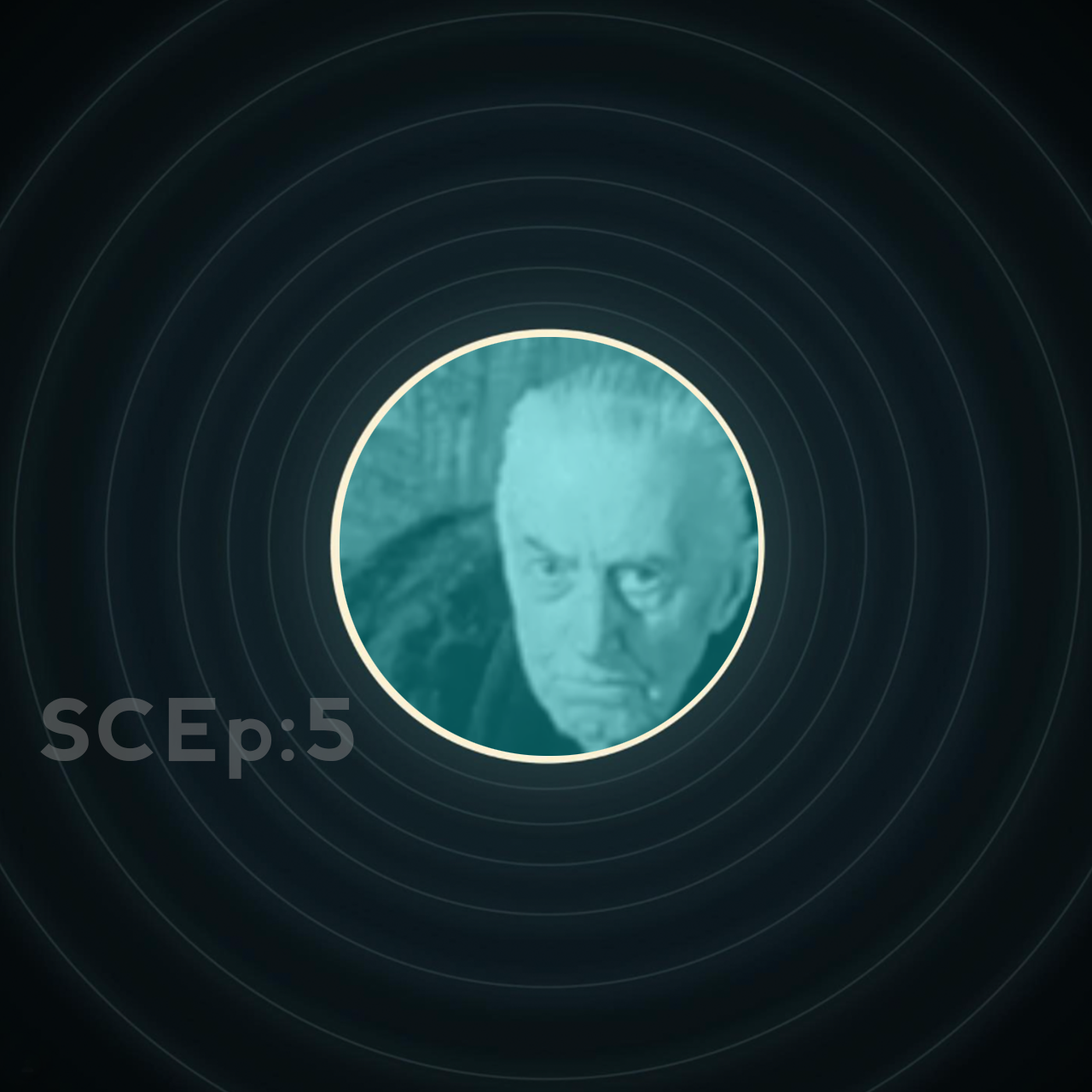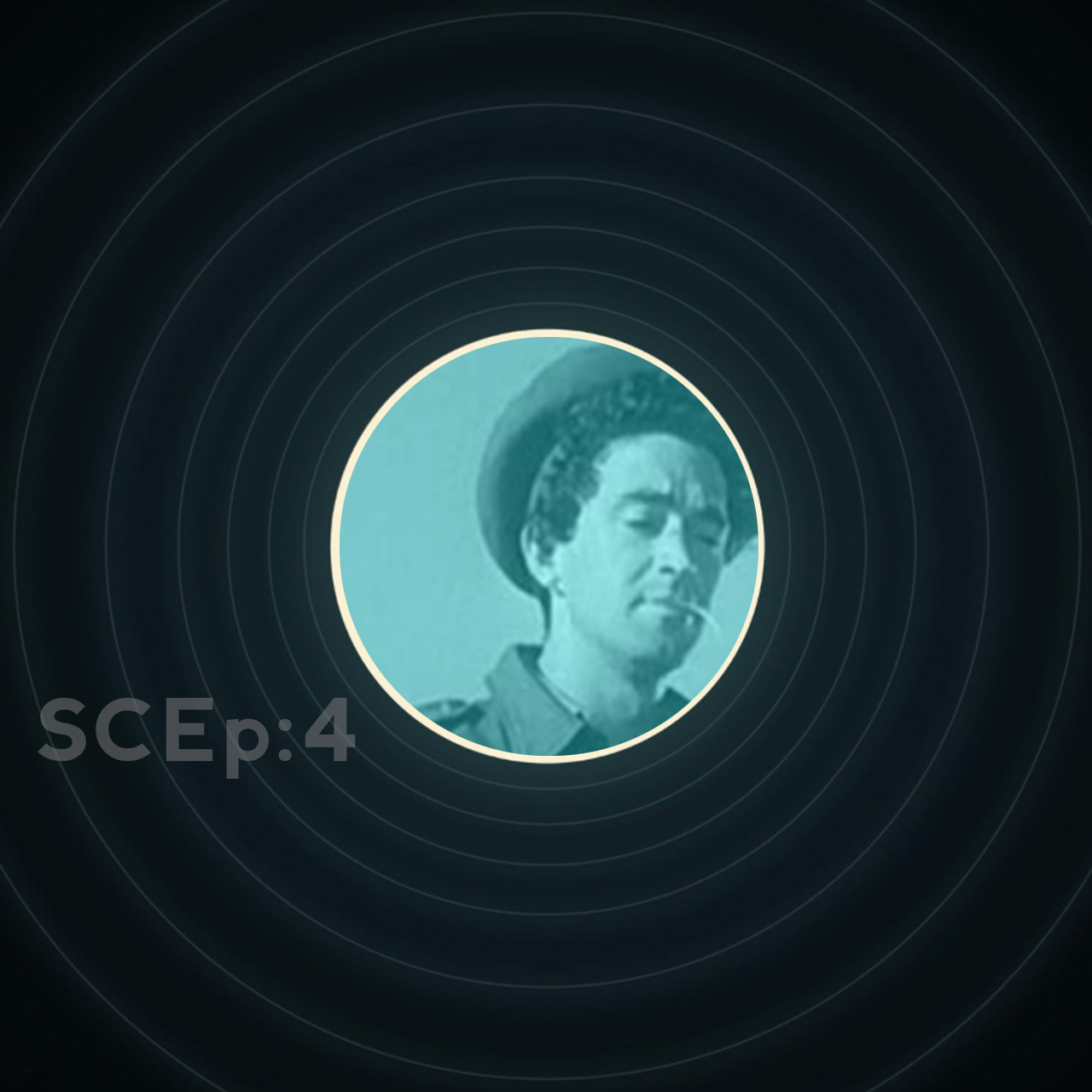Laphroaig Càirdeas 2022
Fèis Ìle 2022 Warehouse 1 | 52.2% ABV
Score: 8/10
Something special.
TL;DR
A fine drop — as subtle and delicate as Laphroaig could possibly get
Of Friends and Foes: The History of Warehouse 1
Laphroaig has seen some ups and downs over the years, but in general it has been more of a success story. Yet, as things go in life, their success not only brought them many friends but also engendered the grudge and envy of others. I won’t delve into the history of Laphroaig here as others have done this already with a level of detail and knowledge that I can only marvel at, but I’d still like to share an anecdote from Laphroaig’s eventful past with you here.
Have you ever heard of Ardenistiel?
The Foes
According to the distillery’s website, Laphroaig was officially founded in 1815, albeit people were most likely already distilling whisky at the site before then. Within a few years of its official existence, Laphroaig quickly rose to fame and was in high demand among whisky drinkers across the UK. As it seems, Islay whisky was already in short supply two hundred years ago…
So, the two brothers and financiers James and Andrew Gardiner saw an opportunity and attempted to jump on the bandwagon by emulating Laphroaig. In the mid-1830s, they leased the patch of land adjacent to Laphroaig distillery from Walter Frederick Campbell. Back then, Campbell was the laird of Islay and, as such, trying to attract businesses and money to this remote island. The Gardiners built a distillery on their rented stretch of land, named it Ardenistiel, and licensed it to two other brothers: the renowned distillers James and Andrew Stein (yes, our pairs of brothers go by the same forenames), hoping that they would produce the same liquid as their neighbours. For obvious reasons, Donald and Alexander Johnston, the two brothers who owned and ran Laphroaig at the time, were not too happy about this — especially as Ardenistiel took its fresh water from the same source as they did, the Kilbride River. So, they took their neighbouring rivals to court and found themselves in protracted legal battles over land and water with them.
While Laphroaig fared rather well over the next decades, Ardenistiel never really took off. Andrew Stein passed away in 1846, and his brother James took on a new job at Port Ellen distillery. So, Ardenistiel distillery was assigned to John Morrison, who changed its name into Kildalton before being ousted himself in 1852. John Cassels took over, changed the distillery’s name into Islay, and found himself superseded by William Hunter within less than a year. William Hunter ran the distillery for the next decade, but he struggled to make it pay and therefore never operated at full capacity. In 1866, Hunter had to declare bankruptcy, and the distillery closed its doors once more.
For three decades, Ardenistiel had been kind of a pain to the Johnstons, who now saw an opportunity to deal with this foe once and for all. So, they leased the Ardenistiel lands for themselves, bought what was left of the Ardenistiel distillery from its owners, moved its equipment into their facilities, and turned its buildings into their new offices and warehouses. And that is how Laphroaig acquired its famous Warehouse 1, whose white walls stand tall on the shore of Laphroaig Bay to this day, displaying the name of the distillery in bold black letters for everyone aboard the ferry to Port Ellen to read.
The building on the right with the Laphroaig lettering is Warehouse 1. (Image credit: Wikipedia)
Ardenistiel were not the only ones Laphroaig got into quarrels with over the course of its history, and Ardenistiel were not the only ones trying to copy Laphroaig. In 1908, the Mackies of neighbouring Lagavulin and Laphroaig’s Ian Hunter fell out with each other. But as the Mackies needed Laphroaig’s whisky for their own blends, they decided to replicate Laphroaig’s stills on the premises of their Lagavulin distillery. Thus, Malt Mill was born in 1908; and the Mackies and the Hunters got into (yes, more) protracted legal battles over land and water rights in the decades that followed. (As Malt Mill was only supposed to provide the Mackies with whisky for their blends, it was never officially bottled as a single malt.)
Over the years, rivalries with Laphroaig cooled down, and in 1962, Malt Mill was absorbed into Lagavulin. In 2012, Malt Mill made a reappearance in popular culture as a mythical cask from this distillery played a pivotal role in Ken Loach’s magnificent The Angels’ Share – a tale of a group of friends’ unlikely journey into the world of whisky.
“Laphroaig now counts more than 500,000 ‘friends’ as members of its Friends of Laphroaig programme.”
The Friends
In 1994, Laphroaig launched its Càirdeas programme. Càirdeas (pronounced as kaːRdʲəs or KAR-chiss) is the Gaelic word for friends, and Laphroaig now counts more than 500,000 ‘friends’ as members of its Friends of Laphroaig programme. Each member gets a lifelong lease of a square foot of the distillery’s land just across the road from its main buildings, which Laphroaig then rents back for a yearly rent of a Laphroaig 10 miniature (which ‘friends’ can collect at the distillery).
As it happens, the land assigned to the friends of Laphroaig surrounds the Kilbride River. So, if someone other than Laphroaig were to draw water from this river, they would have to get the consent of all the people who ‘own’ this land. With its Càirdeas programme, Laphroaig has thus firmly secured its exclusive access to the Kilbride waters and installed a highly efficient marketing tool. After all, who wouldn’t enjoy owning a piece of a distillery whose whiskies one savours? I certainly do.
Review
Laphroaig Càirdeas, Fèis Ìle 2022, Warehouse 1, NAS, 52.2% ABV
£ 100 or €100 via the distillery’s website at time of writing
In 2022, the anecdotes which I have shared with you above came full circle when Laphroaig released this year’s Càirdeas bottling. Matured within the buildings that once housed an old foe of the distillery, the Warehouse 1 release was now destined for the ‘Friends of Laphroaig.’ Ardenistiel and its whiskies have long been forgotten, while Laphroaig’s ‘friends’ now come to savour the taste instilled by the buildings of a former rival into Laphroaig’s very own spirit. Funny how things go (at least in hindsight).
The whisky was matured in first-fill Maker's Mark Bourbon casks in the premises of Laphroaig’s Warehouse 1.
Nose
As subtle and delicate as Laphroaig could possibly get. The nose reminds me of a smouldering bonfire on an Islay beach at dusk: a sea breeze with kelp and saltiness whiffing through cold smoke and ashes. A pleasant vanilla sweetness from the first-fill bourbon casks, tropical fruits (mango, papaya, roasted pineapple), and grapes round off the nose well. Laphroaig’s typical iodine and medicinal notes are also there, but they’re more in the background and not as prominent as in other bottlings from this distillery.
Palate
The whisky is fully present and subtle at the same time. A creamy mouthfeel comes with vanilla sweetness, cold smoke, and iodine. The tropical fruits and grapes recede to the back, where they join in with some aniseed liquorice and medicinal notes. The delivery is satisfying and has a nice progression which makes the whole experience very pleasant. The finish is of medium length and leaves behind layers of cold smoke, vanilla sweetness, and kelp.
The Dregs
The Càirdeas releases fare well with me. No big fuss, no marketing BS. It’s all about the whisky. The price is right (at least by current standards), and the supply seems to be sufficient enough to allow one to keep calm, lean back, and purchase a bottle to enjoy.
Every year, Laphroaig manages to come up with a new twist on their special release, and while it has been about different kinds of casks over the last years, 2022 is all about their Warehouse 1. Whether and how this warehouse has left its trace in the whisky is up for debate, but it had me digging into the distillery’s history, which I enjoyed as much as the whisky. As for other Càirdeas releases, I’d guess that this one is somewhere around eight years of age, and that the first-fill bourbon casks have done a good job here.
For me, the 2022 Càirdeas release is reminiscent of a bonfire on an Islay beach at dusk, which is why I opted for an 8/10. Not that many whiskies manage to bring back sweet memories…
Score: 8/10
Tried this? Share your thoughts in the comments below. AC
-
Dramface is free.
Its fierce independence and community-focused content is funded by that same community. We don’t do ads, sponsorships or paid-for content. If you like what we do you can support us by becoming a Dramface member for the price of a magazine.
However, if you’ve found a particular article valuable, you also have the option to make a direct donation to the writer, here: buy me a dram - you’d make their day. Thank you.
For more on Dramface and our funding read our about page here.

